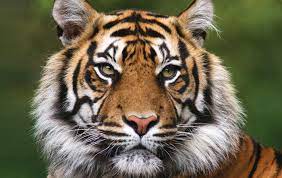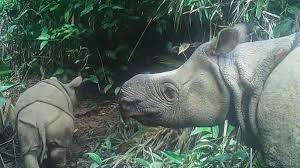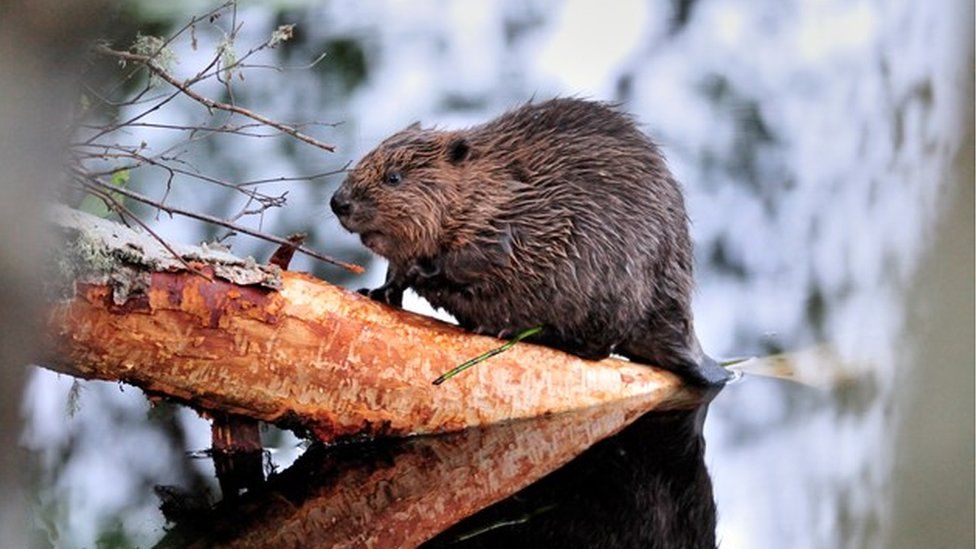In 2009 Nepal counted 121 tigers. in 2013 198 was counted – a 60% increase. There are thought to be around 240 individuals at this point.

As such target met.

Wildlife and conservation new, wild travel information and links for booking
In 2009 Nepal counted 121 tigers. in 2013 198 was counted – a 60% increase. There are thought to be around 240 individuals at this point.

As such target met.
Russia surveys their tigers every 10 years, but out of sync with the international aims. In 2005 between 423 and 502 tigers were thought to be present. in 2015 this had moved to 480-540. As such there is nothing like a doubling represented, but perhaps more success has been had since
Unsure
Federal protection for wolves has returned across much of the USA. A US District judge ruled that the US Fish and Wildlife service had failed to show wolf populations could be sustained in the Midwest and west without the protection he was removing.
Given the near eradication of the wolf in many places, this seems to be an understatement. The ruling does not affect (directly) the wolves of the northern rockys – areas of Montana and Wyoming, as well as small parts of a few other states. These remain under state jurisdiction.
Bizarrely, Biden (who has made an effort to undo many of the short-sighted moves of his predecessor, defended Trumps rules. They argued that wolves are capable of rebounding rapidly even if the population drops dangerously low – a foolish view, to say the least.
Of particular concern, 23 wolves have been killed in Montana, after they crossed out of yellowstone. The animals have no idea that they are leaving protected land, and arbitrary lines beyond which hunting is permitted can threaten the future of the animal in that part of America.
Trumps move was both way to soon, and without any controls. There are still many states, where wolves are still missing or only just beginning to recolonize -they were once found in all states. In particular, California, Colorado, Oregon among others are just having wolves move back into the state. California currently only has about 3 wolf packs, so wolves are only recolonising. Their absence from California, alongside the grizzly has impacted the ecosystem, and their return should fix many problems
There are only around 60 rhino left in the wild. They live in Ujung Kulon National Park. To put that in perspective, that is an increase of 3.3%.

The Malaysian tiger population (part of the Indochinese sub species) has a small but pretty stable population of tigers of between 250 and 340.
Unfortunately there does not seem to have been any increase. Having set a target of 1000 members in 2020 back in 2008, their efforts appear to have failed. Indeed some sources suggest that this may be a significant over estimate now.
China is a country which has done very poorly when it comes to the tiger. Having a great deal of respect for the tiger – with it woven throughout its early stories, and having played host to 4 of the tiger subspecies ( South china tiger, Amur tiger, indochinese tiger and the bengal tiger). Of these the south china tiger is almost certainly extinct having not been seen for decades, the Indochinese tiger is also extinct, the Bengal tiger has been confirmed in a part of Tibet – though numbers are unknown) and the amur tiger which live along the border between russia and china – perhaps 20 live in china.
As such it seems far to big a stretch to suggest that China has succeeded in doubling the wild tiger population.
I have only been lucky enough to hear wolves howl once in the wild, on the edge of the Sierra de Culebra in Spain (I have also heard them from a zoo). While it is reasonably common to hear a wolf howling in the wild, seeing it happen is far rarer.
A wolf howl is an eerie sound, and certainly lives up to its claims of being spine tingling. I do not consider it an aggressive sound, and certainly it is not meant as one – wolves howl as a way to spread out, and avoid having to fight. In other words, howls are for other wolves and are not intended to scare humans.
Now, I fully understand that as a farmer these noises can be more alarming. However, it has been clearly shown that with relatively simple processes wolf predation can be reduced to near zero (large dogs to live with the sheep, and bringing the sheep near the farm house at night.
Wolf howls are very useful for wolf researchers as it allows them to document the animals without changing their behaviour by getting too close. European wolves tend to howl less than American wolves as there is more history of wolf hunting here. Still, these howls do occur in Europe, and as they recover these nocturnal noises will spread and become more common once again.
This wolf happened to howl right next to a camera trap, hence the footage. If you watch (or listen) right to the end, you can hear the pack answer. I know for most people the sound of wolves howling is thought to be scary (this is perpetuated by horror films), yet as this is essentially a long distance chat, or even there to stop violence, this fear should stop.
Beavers are well and truly back in Scotland. With a population of more than 1000 animals, they are having a big impact on the environment. Less welcome news was that 115 of these animals were killed under licence. Now a population of this size can probably cope with deaths at this level, but it hard to believe that in all these cases this was necessary. At this point, as the population is slowly growing, you would think that translocation would have been a better option. There have also been 31 beavers that were trapped and moved to official reintroduction projects in England and Wales.

Laos is not doing well with tigers. Back in 2010 the government estimated that 17 tigers lived in the country.
Unfortunately, with ridiculous numbers of snares there is a great deal of fear that all of the tigers and leopards have been lost from Laos.
As with other countries in the area, it is entirely possible that if the poaching is ended these animals will return.
Transmission charges are paid when transporting electricity from where it is made to where it is used.
This is quite normal, and it is the way that the power grid has worked for centuries. This will become ever more important, as the distance between generation and consumption of electricity increases.
Why is this distance increasing? When you build a coal or gas powered power station, it does not need anything in particular to be able to make power. So long as it has a ready supply of what ever it uses to power its generators, electricity continues to flow.
Renewables are different. Wind turbines need to be erected in places where there is a lot of wind – this is why the UK has built so many off the coast. Solar power is generally either placed on large roofs (factories and such) or out in fields. We need to have more roofs filled and fewer fields – It would be possible to power all the UK power needs if all rooftops were covered, but that is a different subject). Fields are generally expensive near cities and cheap far away.
This is where the problem arises. The UK is capable of generating more than enough power for the British population. However, if electricity generated in Netherlands France and Germany are all let off transmission charges – as they currently are, but our own power generation has to pay it, this is the equivalent of giving all foreign electricity a significant discount. This is obviously insane, as it means that we discourage our own power generation, at a time where we should be investing billions in green power generation.
Analysis shows that on average EU power firms pay 48p per megawatt hour in the transmission system. In Scotland the average is £6.42 – more than 13 times the price. In the windiest parts of Scotland it is £736 per MWH
OFGEM needs to bring in rules that encourage the UK net zero target. This must happen fast. Without, we are likely to end up not building the tens of thousands of wind turbines necessary as it will cost more to export than it is worth.
Right now, we are essentially subsidizing imports and heavily taxing domestic power. This is a quick way for the government to kill off this entire industry.









Join as an ambassador supporter to
support this site, help save wildlife
and make friends & log in

